
Budapest
HungaryBudapest, a city bisected by the majestic Danube, hums with a unique energy born from the confluence of thermal springs, imperial history, and a distinctly resilient spirit. Forget predictable tourist tropes; Budapest offers a deeper dive into a captivating narrative woven with unexpected threads. Consider this: beneath the city's elegant facade lies an extensive network of caves, the largest thermal cave system in the world. These subterranean wonders, formed by the very same mineral-rich waters that feed Budapest's famed spas, can be explored, revealing a hidden world of geological marvel. This "City of Caves" offers an intriguing counterpoint to its grand architecture above ground. Intriguingly, Budapest wasn't always a singular entity. It was born in 1873 from the unification of three distinct towns: Buda, Óbuda, and Pest, each retaining its own character and charm. Buda, with its hilly terrain and historic castle district, exudes a regal air, while Pest, sprawling on the eastern bank, pulses with urban vibrancy and cultural dynamism. This triune origin contributes to the city's multifaceted personality. Another fascinating aspect of Budapest lies in its pioneering spirit in transportation. The city boasts the second-oldest metro line in the world after London's, and the first on continental Europe. Opened in 1896, the Millennium Underground (Line M1) is a UNESCO World Heritage site in itself, its charming yellow trains a nostalgic reminder of a bygone era. Beyond its architectural and subterranean wonders, Budapest holds a poignant claim to a surprising invention: the Rubik's Cube. Ernő Rubik, the puzzle's ingenious creator, was born in Budapest, his creation becoming a global phenomenon that continues to challenge and fascinate. This connection to a world-renowned puzzle speaks to the city's intellectual curiosity and innovative spirit. Furthermore, the Hungarian language, the official tongue of Budapest, is an enigma to most Europeans. Belonging to the Finno-Ugric language family, it shares closer ties with Finnish and Estonian than its Slavic or Germanic neighbors. Its unique grammar and vocabulary make it a fascinating linguistic puzzle, reflecting Hungary's distinct cultural heritage in the heart of Europe. Finally, standing tall on the Pest side of the Danube, the Hungarian Parliament Building is not just a stunning example of Gothic Revival architecture; its height is deliberately symbolic. At 96 meters tall, it shares the same elevation as St. Stephen's Basilica, a height chosen to commemorate the year 896 AD, the traditional date of the Magyar conquest of the Carpathian Basin. No other building in Budapest is permitted to surpass this height, a subtle yet powerful nod to the nation's founding. To wander Budapest is to encounter a city where history, innovation, and a touch of playful mystery intertwine, creating an experience far richer than any simple list of sights could convey.
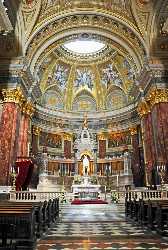 St. Stephen’s Basilica
Basilica
St. Stephen’s Basilica
Basilica
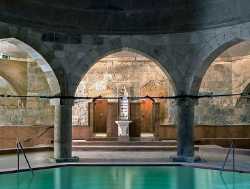 Rudas Baths
Bath
Rudas Baths
Bath
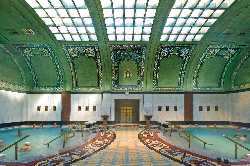 Gellért Baths
Bath
Gellért Baths
Bath
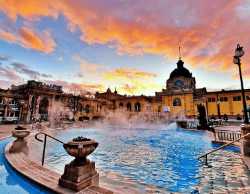 Széchenyi Thermal Bath
Bath
Széchenyi Thermal Bath
Bath
 Ruin Bars
Beer Garden
Ruin Bars
Beer Garden
 Budapest Botanical Garden
Botanical Garden
Budapest Botanical Garden
Botanical Garden
 Margaret Bridge
Bridge
Margaret Bridge
Bridge
 Széchenyi Chain Bridge
Bridge
Széchenyi Chain Bridge
Bridge
 Buda Castle
Castle
Buda Castle
Castle
 Fisherman’s Bastion
Castle
Fisherman’s Bastion
Castle
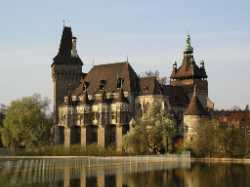 Vajdahunyad Castle
Castle
Vajdahunyad Castle
Castle
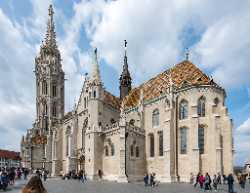 Matthias Church
Church
Matthias Church
Church
 Bálna Budapest
Cultural Center
Bálna Budapest
Cultural Center
 Deák17 Youth Art Gallery
Gallery
Deák17 Youth Art Gallery
Gallery
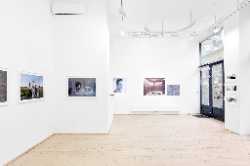 VILTIN Gallery
Gallery
VILTIN Gallery
Gallery
 Faur Zsófi Gallery
Gallery
Faur Zsófi Gallery
Gallery
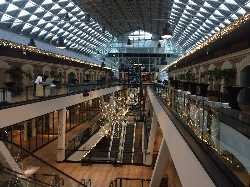 New Budapest Gallery
Gallery
New Budapest Gallery
Gallery
 Várfok Gallery
Gallery
Várfok Gallery
Gallery
 Deák Erika Gallery
Gallery
Deák Erika Gallery
Gallery
 Kisterem Gallery
Gallery
Kisterem Gallery
Gallery
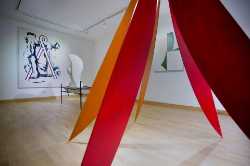 Trapéz Gallery
Gallery
Trapéz Gallery
Gallery
 Ani Molnár Gallery
Gallery
Ani Molnár Gallery
Gallery
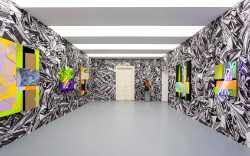 acb Gallery
Gallery
acb Gallery
Gallery
 Kahan Art Space
Gallery
Kahan Art Space
Gallery
 MissionArt Gallery
Gallery
MissionArt Gallery
Gallery
 Inda Gallery
Gallery
Inda Gallery
Gallery
 TOBE Gallery
Gallery
TOBE Gallery
Gallery
 ISBN books+gallery
Gallery
ISBN books+gallery
Gallery
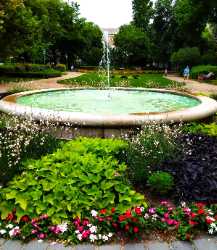 Károlyi Garden
Garden
Károlyi Garden
Garden
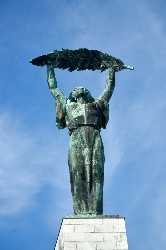 Liberty Statue Gellért Hill
Historical landmark
Liberty Statue Gellért Hill
Historical landmark
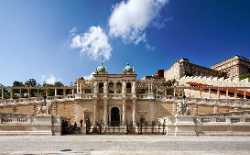 Castle Garden Bazaar
Historical landmark
Castle Garden Bazaar
Historical landmark
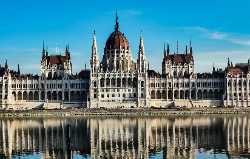 Parliament Building
Historical landmark
Parliament Building
Historical landmark
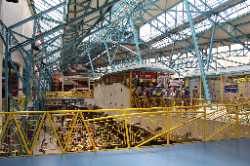 Lehel Market
Market
Lehel Market
Market
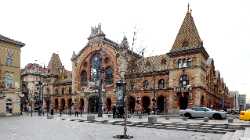 Great Market Hall
Market
Great Market Hall
Market
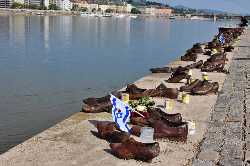 Shoes on the Danube Bank
Memorial
Shoes on the Danube Bank
Memorial
 Flippermúzeum
Museum
Flippermúzeum
Museum
 Museum of Trade and Tourism
Museum
Museum of Trade and Tourism
Museum
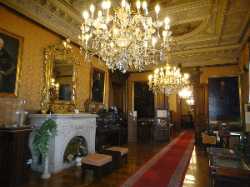 Budapest Postal Museum
Museum
Budapest Postal Museum
Museum
 Holocaust Memorial Center
Museum
Holocaust Memorial Center
Museum
 Agricultural Museum
Museum
Agricultural Museum
Museum
 Technical and Transportation Museum
Museum
Technical and Transportation Museum
Museum
 Underground Railway Museum
Museum
Underground Railway Museum
Museum
 Museum of Electrical Engineering
Museum
Museum of Electrical Engineering
Museum
 Aeropark Aviation Museum
Museum
Aeropark Aviation Museum
Museum
 Szamos Chocolate Museum
Museum
Szamos Chocolate Museum
Museum
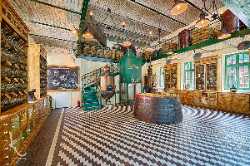 Zwack Unicum Museum
Museum
Zwack Unicum Museum
Museum
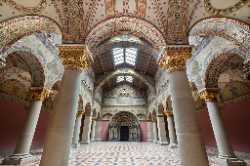 Museum of Fine Arts Budapest
Museum
Museum of Fine Arts Budapest
Museum
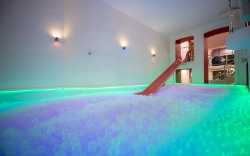 Museum of Sweets and Selfies
Museum
Museum of Sweets and Selfies
Museum
 Goldberger Collection of Textile Industry
Museum
Goldberger Collection of Textile Industry
Museum
 Godot Institute of Contemporary Art
Museum
Godot Institute of Contemporary Art
Museum
 Budapest History Museum
Museum
Budapest History Museum
Museum
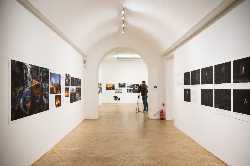 Robert Capa Contemporary Photography Center
Museum
Robert Capa Contemporary Photography Center
Museum
 Ernst Museum
Museum
Ernst Museum
Museum
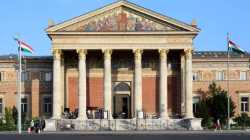 Műcsarnok
Museum
Műcsarnok
Museum
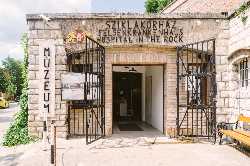 Hospital in the Rock Museum
Museum
Hospital in the Rock Museum
Museum
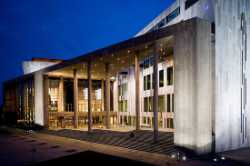 Ludwig Museum of Contemporary Art
Museum
Ludwig Museum of Contemporary Art
Museum
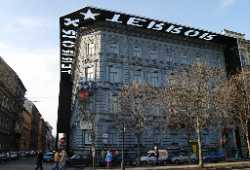 House of Terror Museum
Museum
House of Terror Museum
Museum
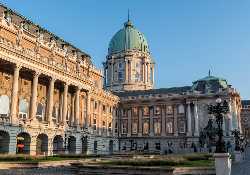 Hungarian National Gallery
Museum
Hungarian National Gallery
Museum
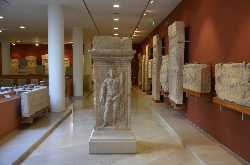 Hungarian National Museum
Museum
Hungarian National Museum
Museum
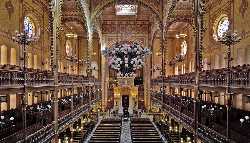 Hungarian Jewish Museum & Archives
Museum
Hungarian Jewish Museum & Archives
Museum
 Memento Park
Museum
Memento Park
Museum
 Hungarian Natural History Museum
Museum
Hungarian Natural History Museum
Museum
 Hungarian Ethnographic Museum
Museum
Hungarian Ethnographic Museum
Museum
 Kunsthalle Budapest
Museum
Kunsthalle Budapest
Museum
 Vasarely Museum
Museum
Vasarely Museum
Museum
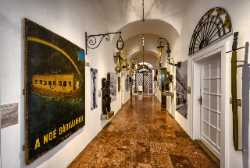 Kiscelli Museum
Museum
Kiscelli Museum
Museum
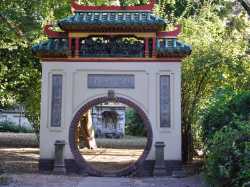 Ferenc Hopp Museum of Asiatic Arts
Museum
Ferenc Hopp Museum of Asiatic Arts
Museum
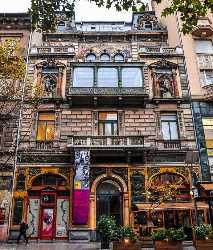 Mai Manó House
Museum
Mai Manó House
Museum
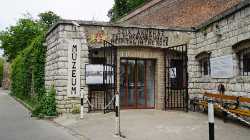 Hospital in the Rock Nuclear Bunker Museum
Museum
Hospital in the Rock Nuclear Bunker Museum
Museum
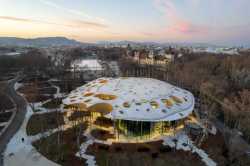 House of Hungarian Music
Museum
House of Hungarian Music
Museum
 Museum of Military History
Museum
Museum of Military History
Museum
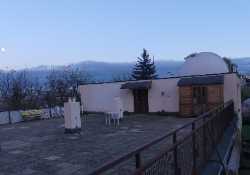 Polaris Observatory
Observatory
Polaris Observatory
Observatory
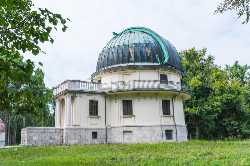 Konkoly Observatory
Observatory
Konkoly Observatory
Observatory
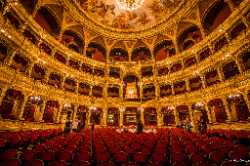 Hungarian State Opera House
Opera House
Hungarian State Opera House
Opera House
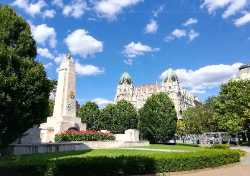 Szabadság Square
Park
Szabadság Square
Park
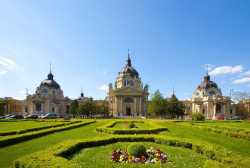 City Park Városliget
Park
City Park Városliget
Park
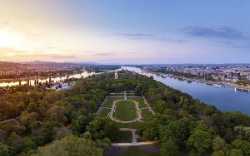 Margaret Island
Park
Margaret Island
Park
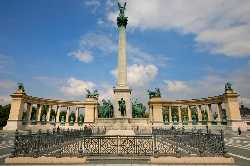 Heroes’ Square
Square
Heroes’ Square
Square
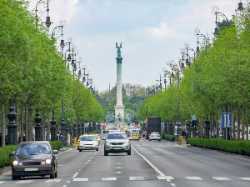 Andrássy Avenue
Street
Andrássy Avenue
Street
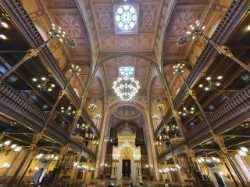 Dohány Street Synagogue
Synagogue
Dohány Street Synagogue
Synagogue
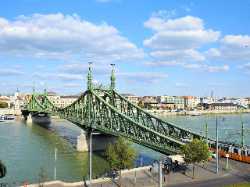 Liberty Bridge
Tourist attractions
Liberty Bridge
Tourist attractions
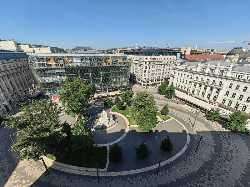 Vörösmarty Square
Tourist attractions
Vörösmarty Square
Tourist attractions